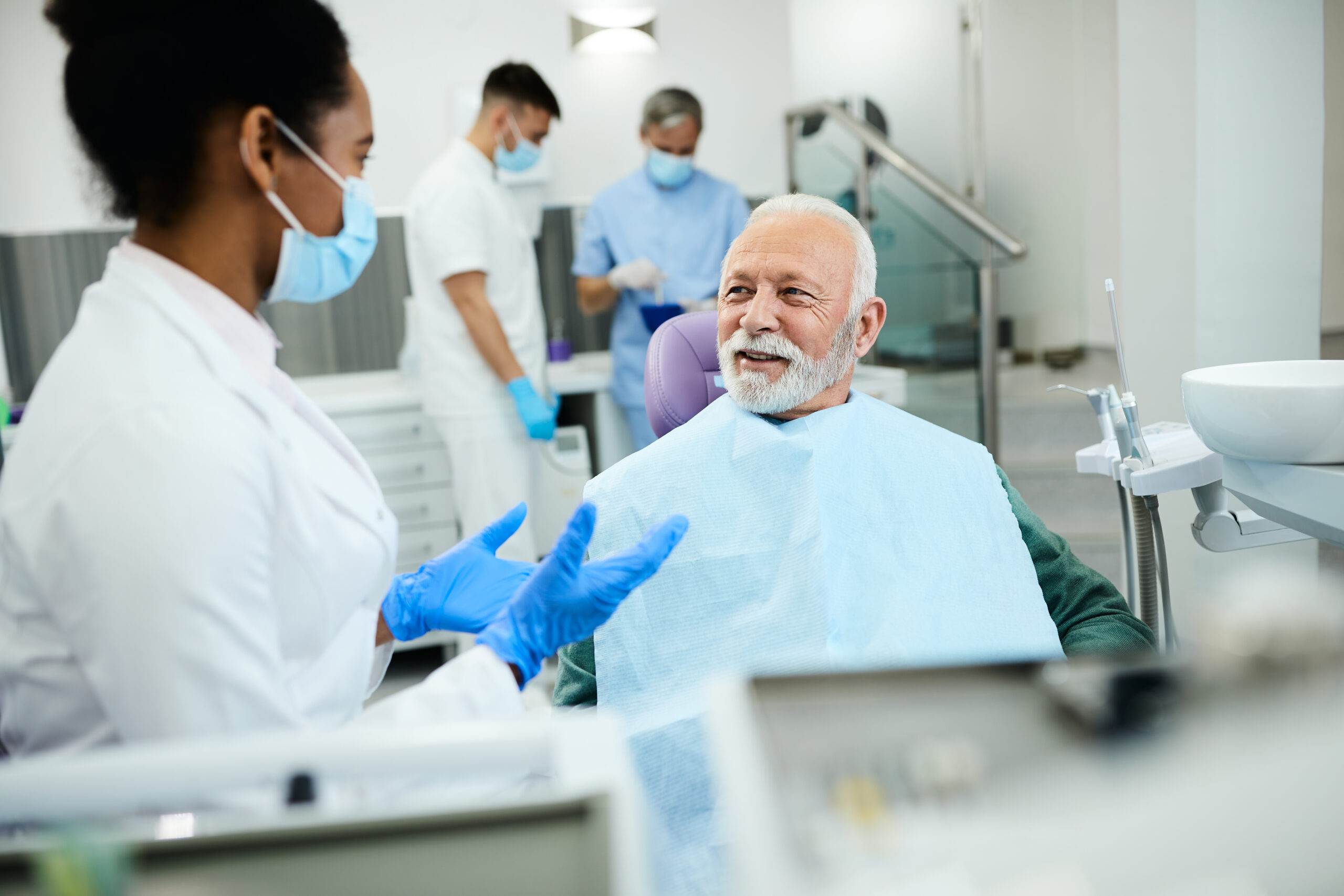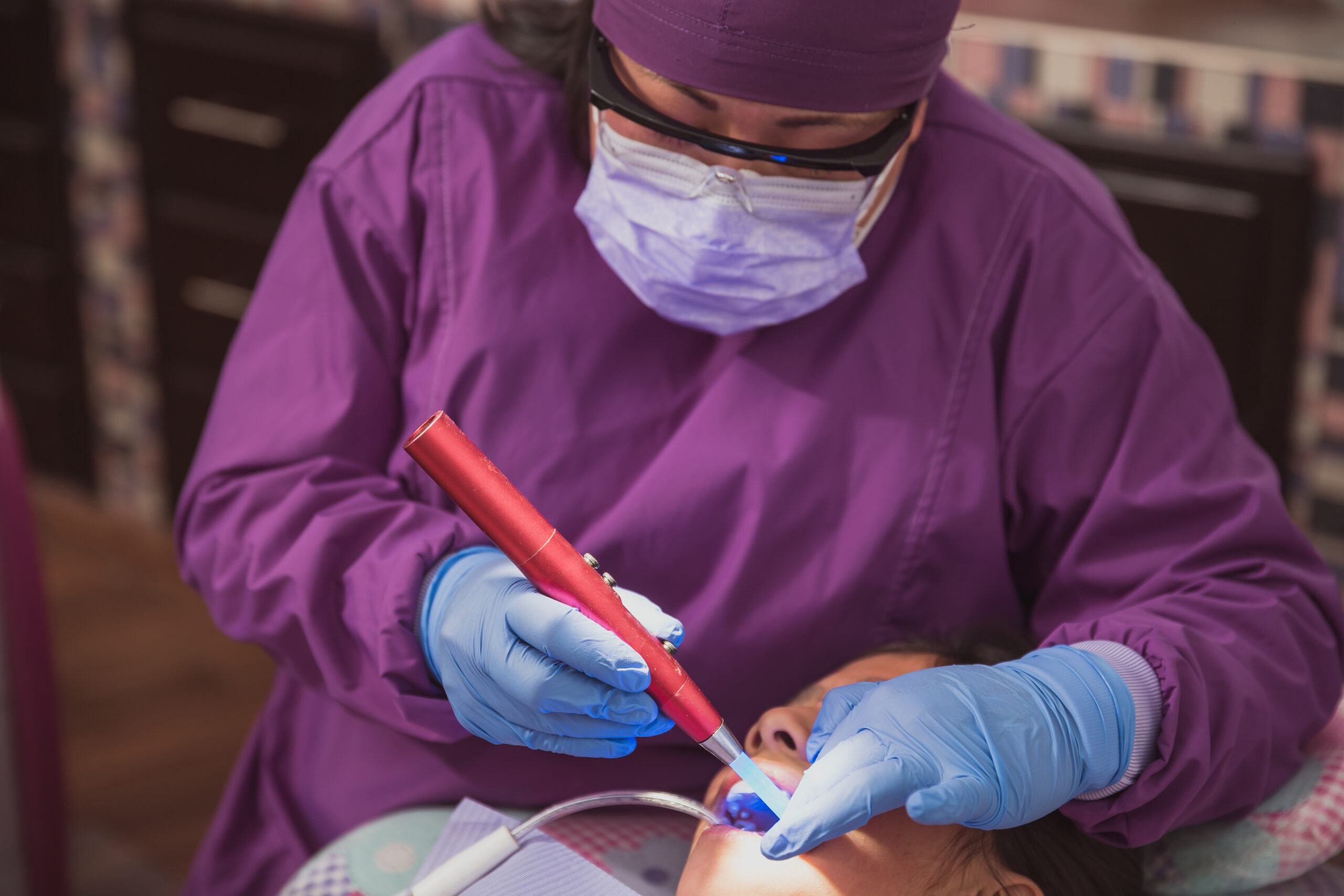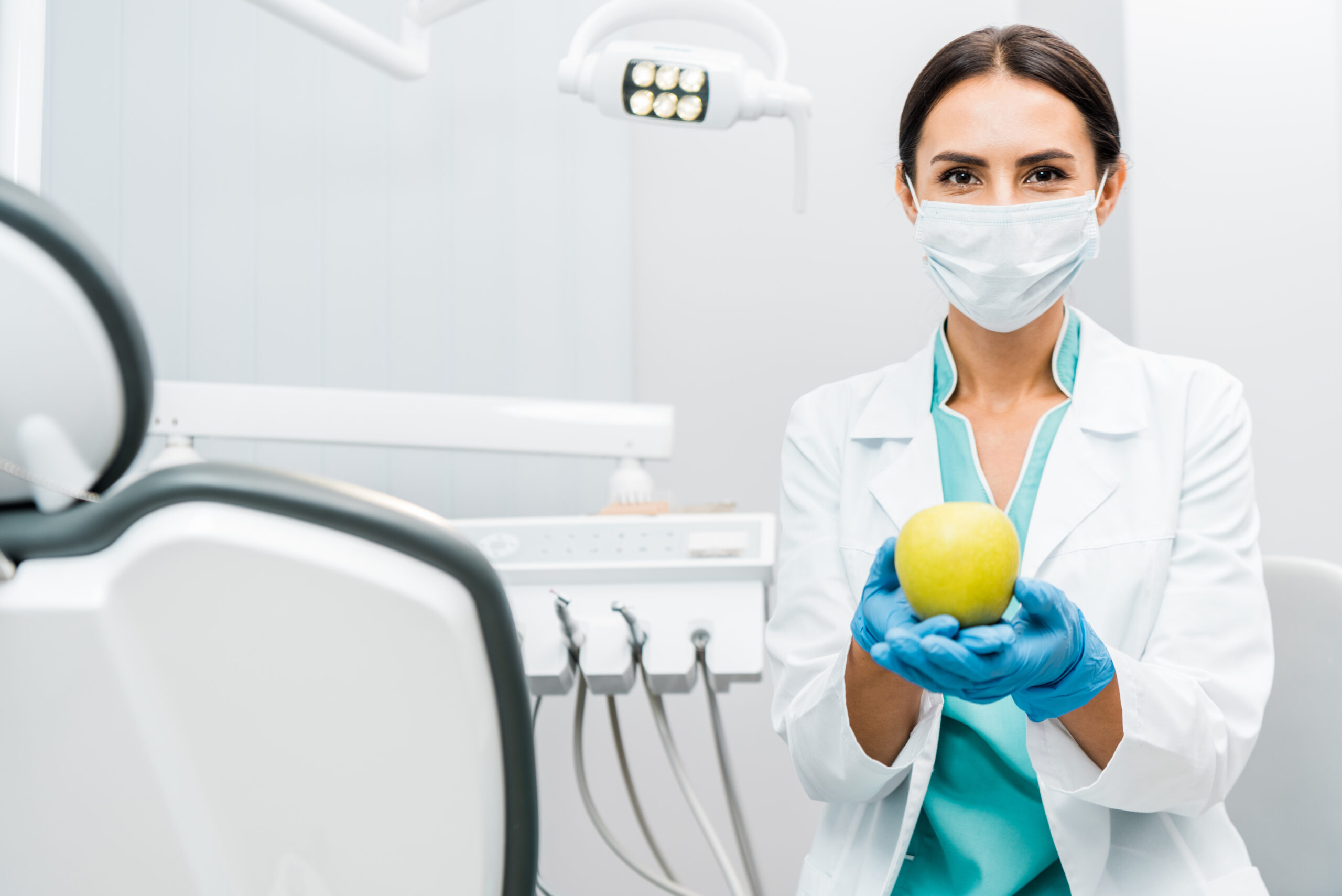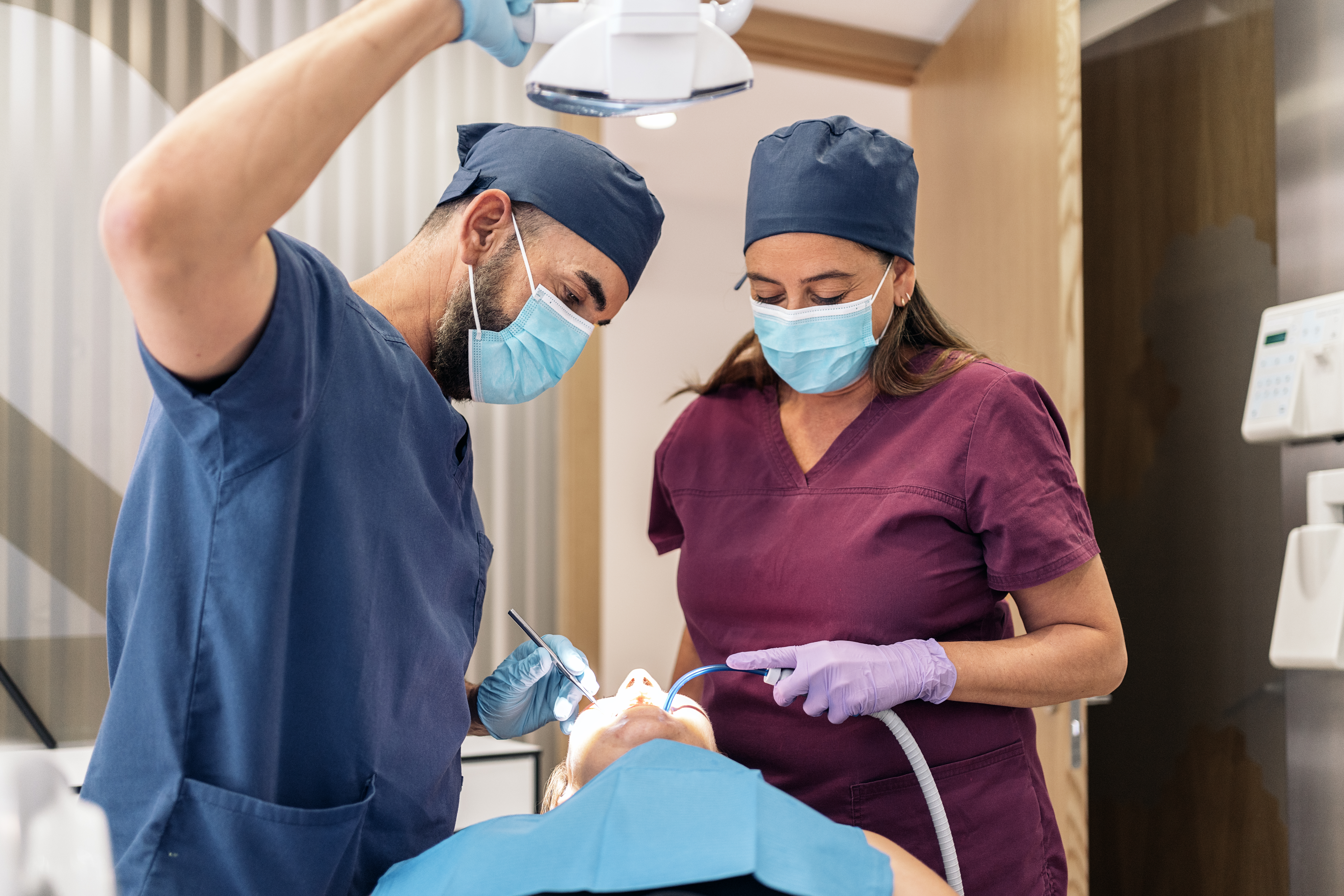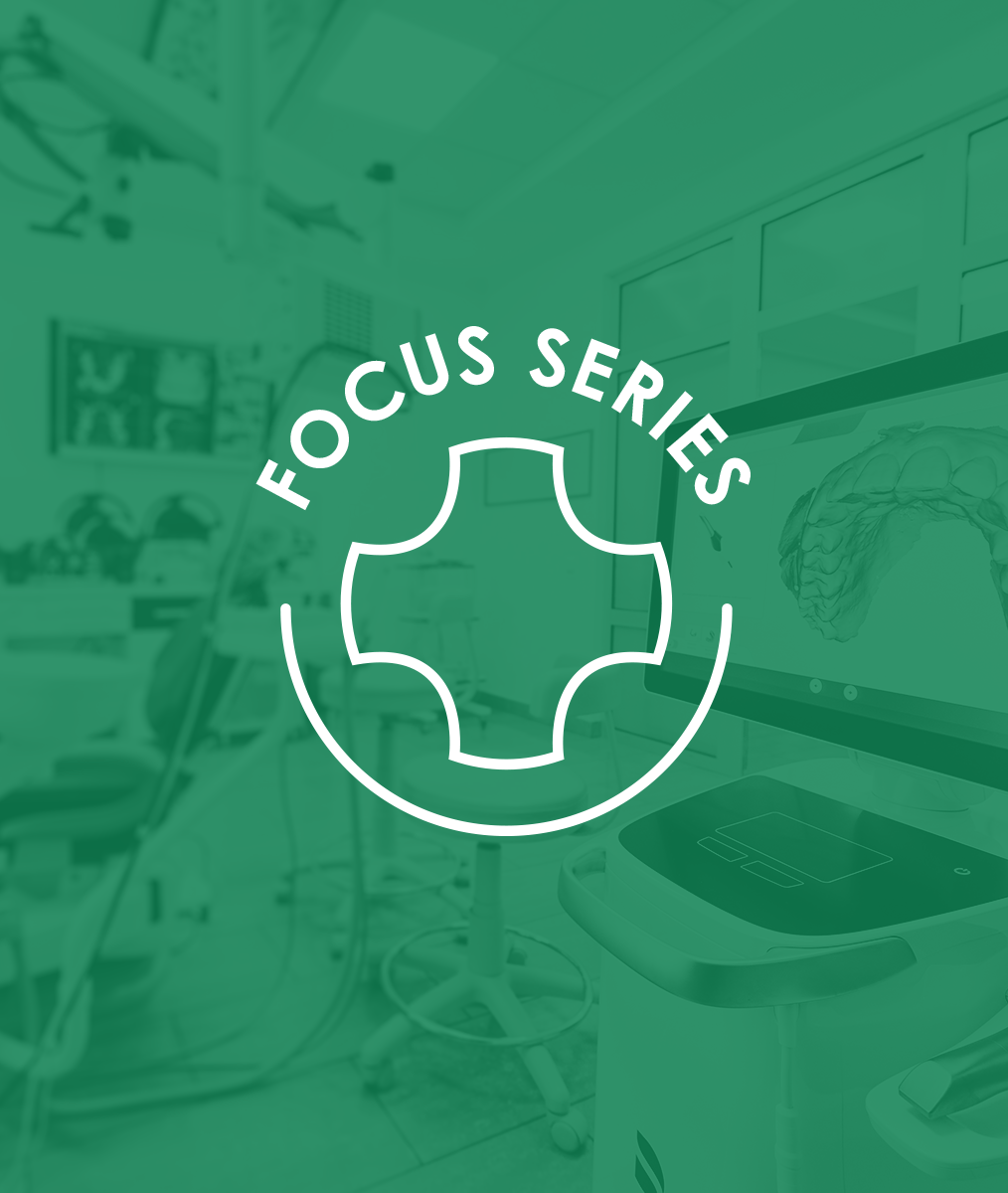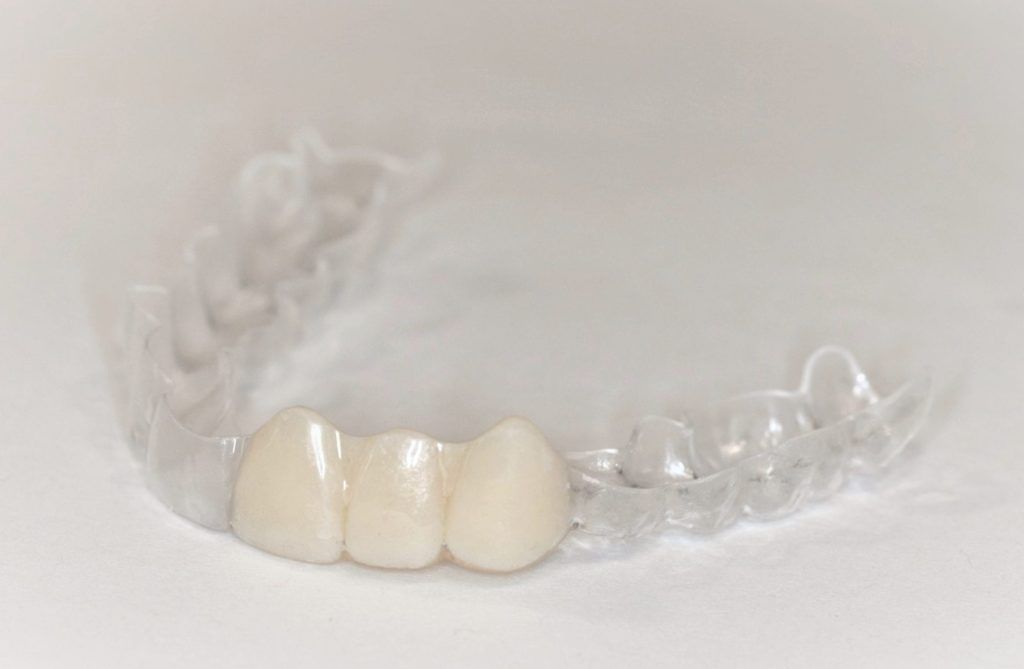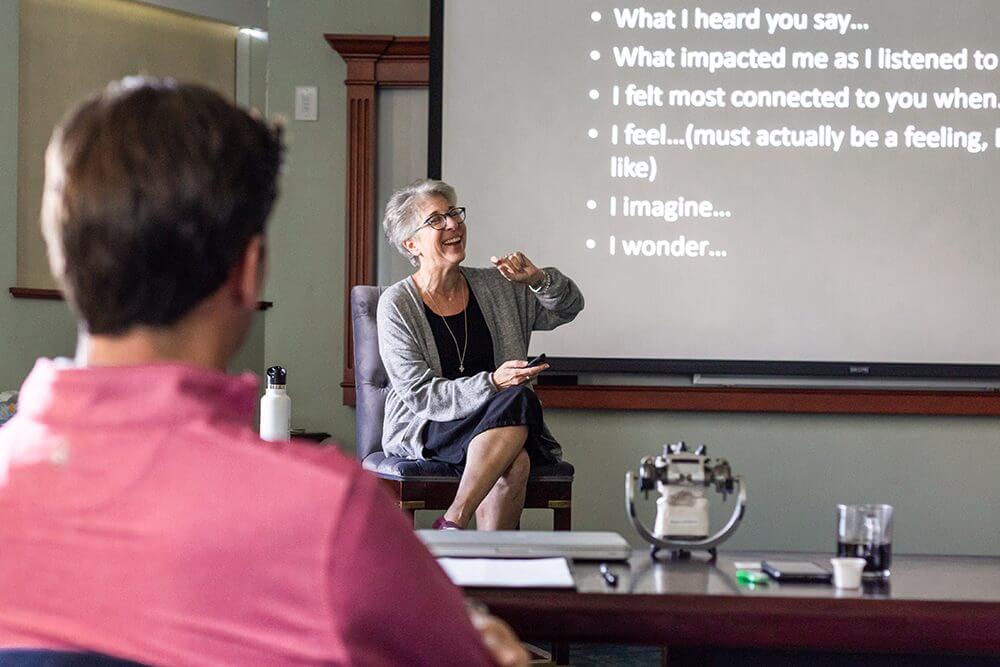Discussing Dental Decay with Older Adults
Have you ever noticed a confused look on the face of an older dental patient when you tell them they have a cavity? Many people falsely assume that only small children develop cavities. When I let older adults know that they have one or more cavities, they say something like, “Wait, I thought only kids get cavities” or “I haven’t had a cavity in decades.”
They honestly think we outgrow that, so I typically say to these patients, “I know you’re thinking that cavities are something that only kids get, and you’ve outgrown this. But that isn’t accurate. Yes, kids are often prone to getting cavities, but adults can get them for the same reasons.”
Most of my older adults with cavities are doing a good job with their oral hygiene, so I will explain four things to them.
- As we age our saliva is no longer as protective. There are also lots of medications older adults take that diminish saliva production. But, even if our mouth does not feel dry, the saliva does not protect us against bacteria and plaque as well as when we were younger.
- As we age our taste buds change, and the foods that satisfy us the most are carbohydrates, so like children, older adults tend to eat more sugary foods.
- As we age, if we have gum recession, we have larger space between our teeth, and this tends to trap more food particles that feed bacteria.
- After teeth are restored, normal function over time can introduce openings in the restoration, and bacteria can creep into those openings.
After we talk about the various reasons that they and other older adults may get cavities, we talk about the fact that there are several preventive strategies and I suggest ones they might like to try.
My patients enjoy our conversations because they know I really care about them, and I will happily spend time explaining why changes are occurring in their mouth. They appreciate hearing that their problem is not unusual and there are strategies to avoid cavities going forward.

